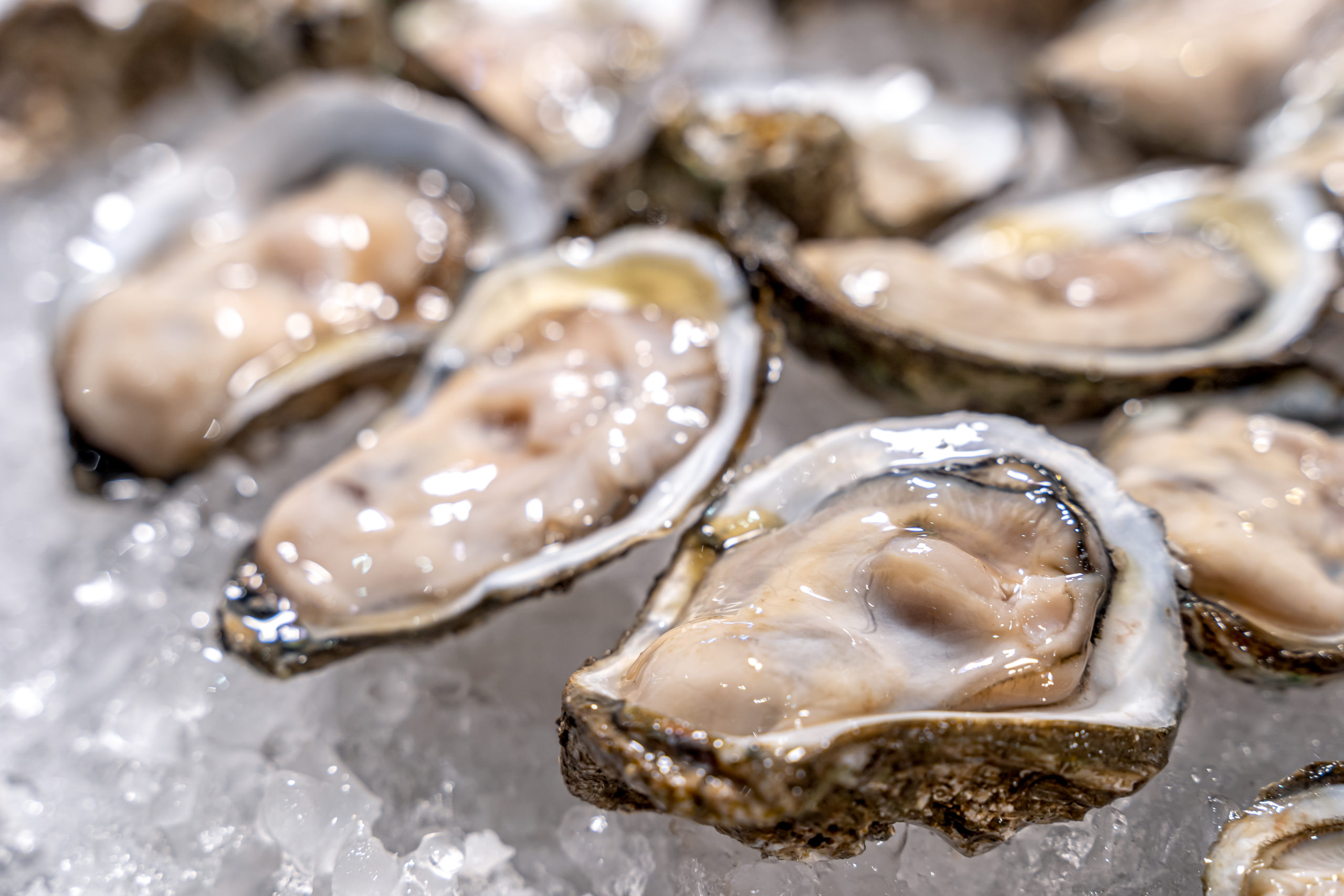 A new study reports that the accumulation of plastics in foods may be underestimated. There is also concern these microplastics can carry potentially harmful bacteria such as E. coli, which are commonly found in coastal waters, up the food chain.
A new study reports that the accumulation of plastics in foods may be underestimated. There is also concern these microplastics can carry potentially harmful bacteria such as E. coli, which are commonly found in coastal waters, up the food chain.
Researchers from the University of Portsmouth tested a theory that microplastics covered in a layer of microbes (called a biofilm) are more likely to be ingested by oysters than microplastics that are clean. Although the experiment was carried out on oysters under laboratory conditions, scientists believe similar results could be found in other edible marine species that also filter seawater for food.
Up until now, studies to test the impacts of microplastics on marine life have typically used clean, virgin microplastics. However, this is approach is not representative of what happens to microplastics in the marine environment.
Microbes readily colonize microplastics that enter the ocean.
In the study, published in Science of the Total Environment, scientists compared the uptake rates of clean microplastics versus microplastics with an E. coli biofilm coating. The results were worrying – oysters contained 10 times more E. coli contaminated microplastics compared to clean microplastics.
The study suggests that the microplastics covered by bacteria appear more like food to the oysters, explaining their preferential ingestion over clean microplastics.
The implications for the food chain are concerning. The ingestion of microplastics is not only bad for the oysters, but it affects human health too. The plastic does not break down in the marine animal and is consumed when we eat it.
Lead researcher, Dr Joanne Preston, Reader in Marine Ecology and Evolution at the University of Portsmouth, said:
“What we’ve discovered is that microplastic really is the Trojan Horse of the marine world.”
“We discovered that clean plastics had little impact on the oysters’ respiration and feeding rates – but did have an impact when you fed them the microplastic hidden in the biofilm. The oysters took in more and it affected their health.”
“It is unsure exactly how much this could affect the food chain, but the likelihood is because the creatures are ingesting more plastic and potentially, disease causing organisms, this will ultimately have a negative effect on human health.”
“We know microplastics can be the mechanism by which bacteria are concentrated in coastal waters and this shows that they are more readily taken up by shellfish, and can be transferred to humans or other marine life.”
Dr Preston said: “We have successfully tested a hypothesis – this opens the door for more research on environmentally relevant studies of the long term impacts of biofilm coated microplastics on a wider range of marine life. We also need to study the transfer of microbes up the food chain via plastics in much greater detail.”
Professor Steve Fletcher, Director of the University’s Revolution Plastics initiative, said: “The findings in this research give us further insight into the potential harm microplastics are having on the food chain. It demonstrates how we could be vastly underestimating the effect that microplastics currently have. It is clear that further study is urgently needed.”
Paper highlights:
- Microplastic (MP) pollution and its impact on marine organisms is a major concern.
- Microplastics are readily colonised with a biofilm in the marine environment.
- Filter-feeder uptake of microbially-coated MP was 10× greater than virgin MP uptake.
- Metabolic impacts were observed in filter-feeders exposed to microbially-coated MPs.
- Studies using virgin MP can underestimate the uptake and impact on marine organisms.
Source: Monica Fabra, Luke Williams, Joy E.M. Watts, Michelle S. Hale, Fay Couceiro, Joanne Preston. The plastic Trojan horse: Biofilms increase microplastic uptake in marine filter feeders impacting microbial transfer and organism health. Science of The Total Environment, 2021; 797: 149217 DOI: 10.1016/j.scitotenv.2021.149217











